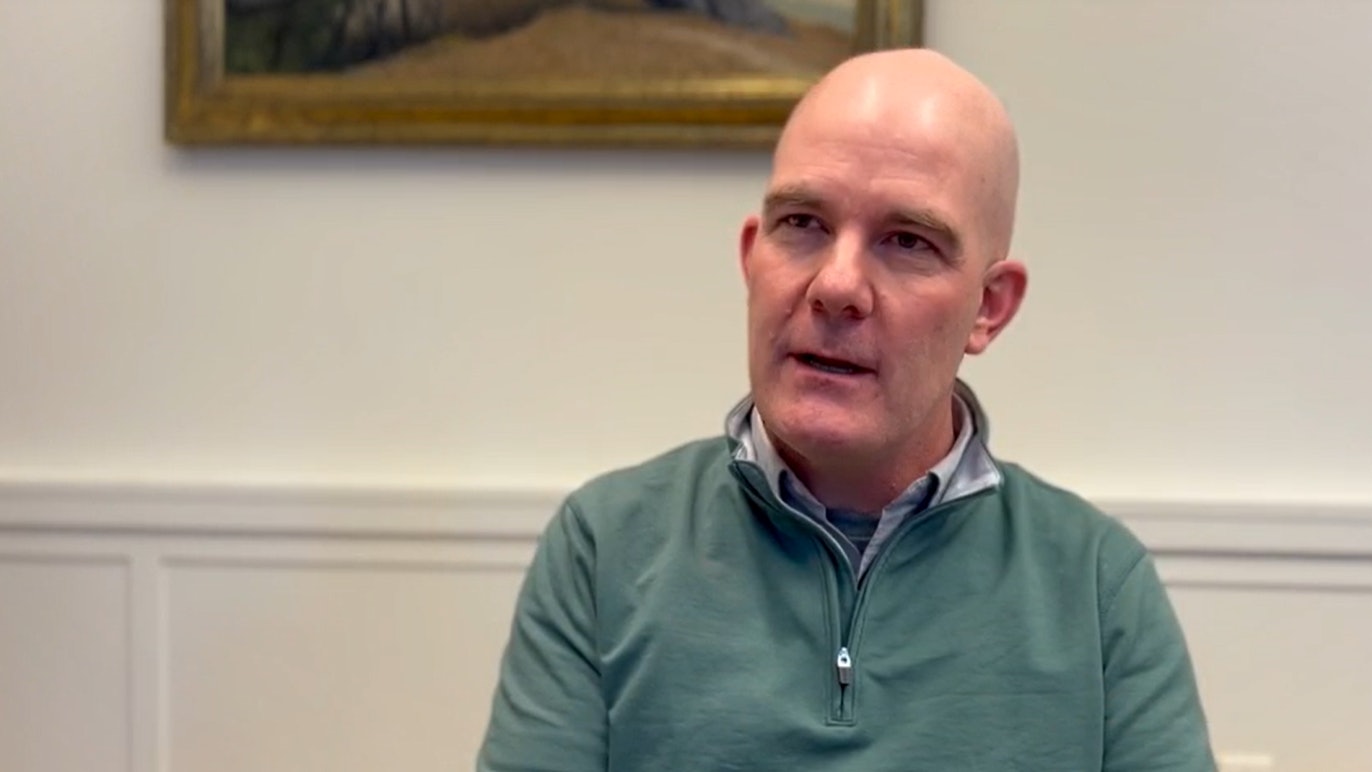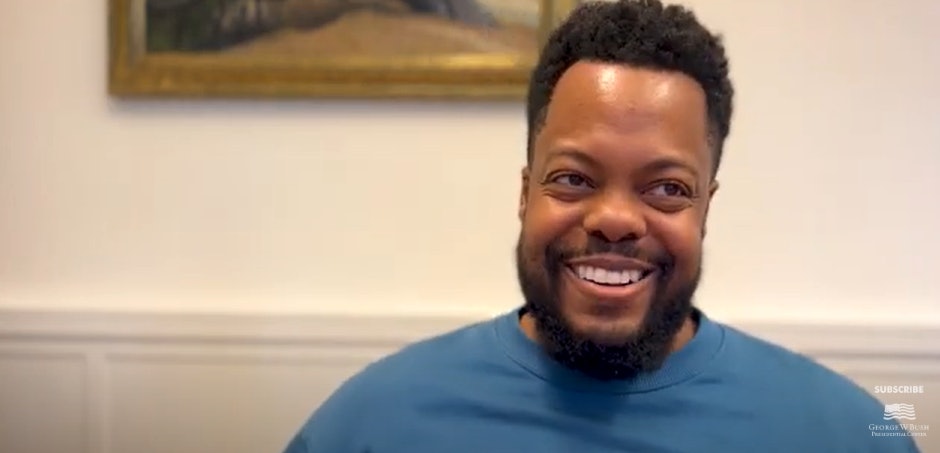As servicemen and women leave the military, the extremely varied skills they bring the workforce are a boon to employers and the economy.
Table of Contents
Bush Center Briefing
October 2016
Domestic Excellence
Preparing 21st Century Workers
The Economy is Going to Keep Changing, So We Need to Adjust Our Skills
School Achievement Can Drive Economic Growth
Helping Workers in Cities Make Transitions
The Military as a Training Ground for the Future Economy
Global Impact
The American workforce could learn a few lessons from military veterans as the global economy keeps changing, often at a rapid pace. Veterans only make up about 6% of the American population, but the government has already invested large sums of money to train them in adaptability, dependability, and the ability for broad learning in a short amount of time.
These traits, along with numerous others, allow veterans to integrate into society after their military service. And integrate in a way that allows them to fill the jobs that we need to move the economy forward.
Let me offer three perhaps surprising snapshots of enlisted Marines who have transitioned out of the military and thrived in the civilian workforce. These stories, including my own, go beyond the rhetoric that veterans are either heroes or broken, or they come home and only become police officers, firemen/women, or EMTs.
Veterans only make up about 6% of the American population, but the government has already invested large sums of money to train them in adaptability, dependability, and the ability for broad learning in a short amount of time.
Keir Feiler was an infantry assaultman in the Marine Corps from 2004-2008. He deployed twice in Iraq and now has two associate’s degrees from the Culinary Institute of America.
That’s right: One in culinary arts and another in baking and pastry.
That’s probably not the job you most often associate with a returning veteran. But it shows the range of jobs that the military prepares veterans for upon return to civilian life.
Feiler puts it this way: “The kitchen is built like the military: stations, chain of command, shutting up and doing what you’re told when you’re told, and long hours.” What’s more, he says: “Other than getting shot at, there’s no difference and all the same rules apply. We get screamed at and if one person messes up, we all mess up.”
Feiler got into this work because the structure gave him a sense of purpose. He also saw a gap in the market that could benefit from his skill set. His time in the military gave him an edge over his peers. He already had experience working in austere environments and taking orders was second nature to him.
Feiler got into this work because the structure gave him a sense of purpose. He also saw a gap in the market that could benefit from his skill set.
Kraig Brunner was an infantry machine gunner in the Marine Corps from 2005-2008. He deployed once in Iraq and is currently a commercial diver and underwater welder on the East Coast.
Brunner has always seen the trades as a pathway to meaningful employment. He tried his hands in everything from construction to coal mining before ending up in commercial dive school in Philadelphia.
“You can make a lot of money in this field,” Brunner says, “if you are willing to show up on time and work late hours. Most of the successful divers I work with are former military. I still show up 15 minutes early to the job and will take any overtime opportunity they offer. Some folks just don’t have the same work ethic as we (veterans) do.”
Brunner is also not afraid to follow the work. He started diving in the Gulf of Mexico and now is all over the East Coast in search of the highest-paying jobs available.
Last, let me offer my own example. I was also an infantry machine gunner in the Marine Corps from 2005-2008. I deployed once in 2006 as a Marine and once in 2010 as a private security contractor.
Upon medical retirement in 2008, I began community college while working full time as a truck driver. The job allowed me the freedom to take night and weekend classes while also paying my mortgage.
After graduating from community college, I moved to Syracuse University where I gave up driving a truck and began working with my father-in-law building and remodeling houses. Once I completed my bachelor’s degree, I decided to pursue working with veteran non-profits, particularly in research and policy. This work led me to a manager position at the George W. Bush Institute in Dallas.
These three anecdotes of Marines with almost identical military training and combat experiences show how veterans can re-purpose their skills to move forward in the civilian job market. The common denominator in all of these stories is the use of the Post-9/11 GI Bill.
This powerful legislation helps transitioning service members gain the credentials to succeed in the public, private, and nonprofit sectors. The original GI Bill, which Congress approved in 1944 and is better known as the GI Bill of Rights, helped get those who fought in World War II back into the workforce. Its return on investment for the American taxpayer was $6.90 for every $1 invested.
Early reports show the Post-9/11 GI Bill could yield as high as $8 to every $1 invested. This is due to increased growth in the economy and higher tax brackets for educated veterans.
Early reports show the Post-9/11 GI Bill could yield as high as $8 to every $1 invested. This is due to increased growth in the economy and higher tax brackets for educated veterans.
As we think of growing the middle class, the country could take a few pages from the military training playbook. We have a labor gap in the Rust Belt and other regions affected by the modernization of manufacturing, agriculture, and other workplaces.
Some workers have been left behind, but the values, work ethic, and drive the military instills in its people could help close this gap. The military is a training ground for the economy as well as those ready to protect our country.































